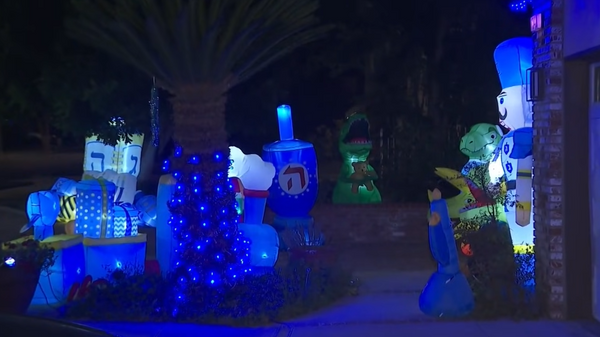
'Non-preferred tasks' are psychologically referring to chores that create added friction in our head, easily leading to procrastination or feelings of stress. For me, emptying the recycling is a prime example. I don't know why I always put it off but I do!
Our experts say learning how to tackle these non-preferred tasks properly is an amazing cleaning tip that not only makes chores easier overall but helps banish issues with particular tasks forever.
I spoke to a professional cleaner and an ADHD coach, who revealed why tackling non-preferred tasks is so important, as well as how it can transform your entire cleaning experience.
Why do we have non-preferred tasks?
Everyone has tasks that they like less than others, with many of them falling into the category of "chores". Whether your worst enemy is cleaning the bathroom, fixing a clogged kitchen sink, or laboriously cleaning tile grouting, it's entirely okay to have tasks you find less approachable.
These feelings are something that more acutely impact people with ADHD, according to Cheryl Susman, educational therapist, certified neurodiversity coach, and founder of Cheryl Susman ADHD Coaching.
She says, 'When you’re interested in a task, an increase of dopamine is naturally released,' says Cheryl. 'But if you or your child has ADHD and you have challenges with getting started, chances are inadequate dopamine in the brain is wreaking havoc on your motivation. When it comes to tasks that are tedious, difficult, or uninteresting, the ADHD brain has a tough time getting going.'
The key to making progress, whether ADHD is a part of our lives or not, is to first learn how to identify which tasks are non-preferred, and to then find ways to hack your brain to stop chores from feeling so tedious.
How to identify non-preferred tasks
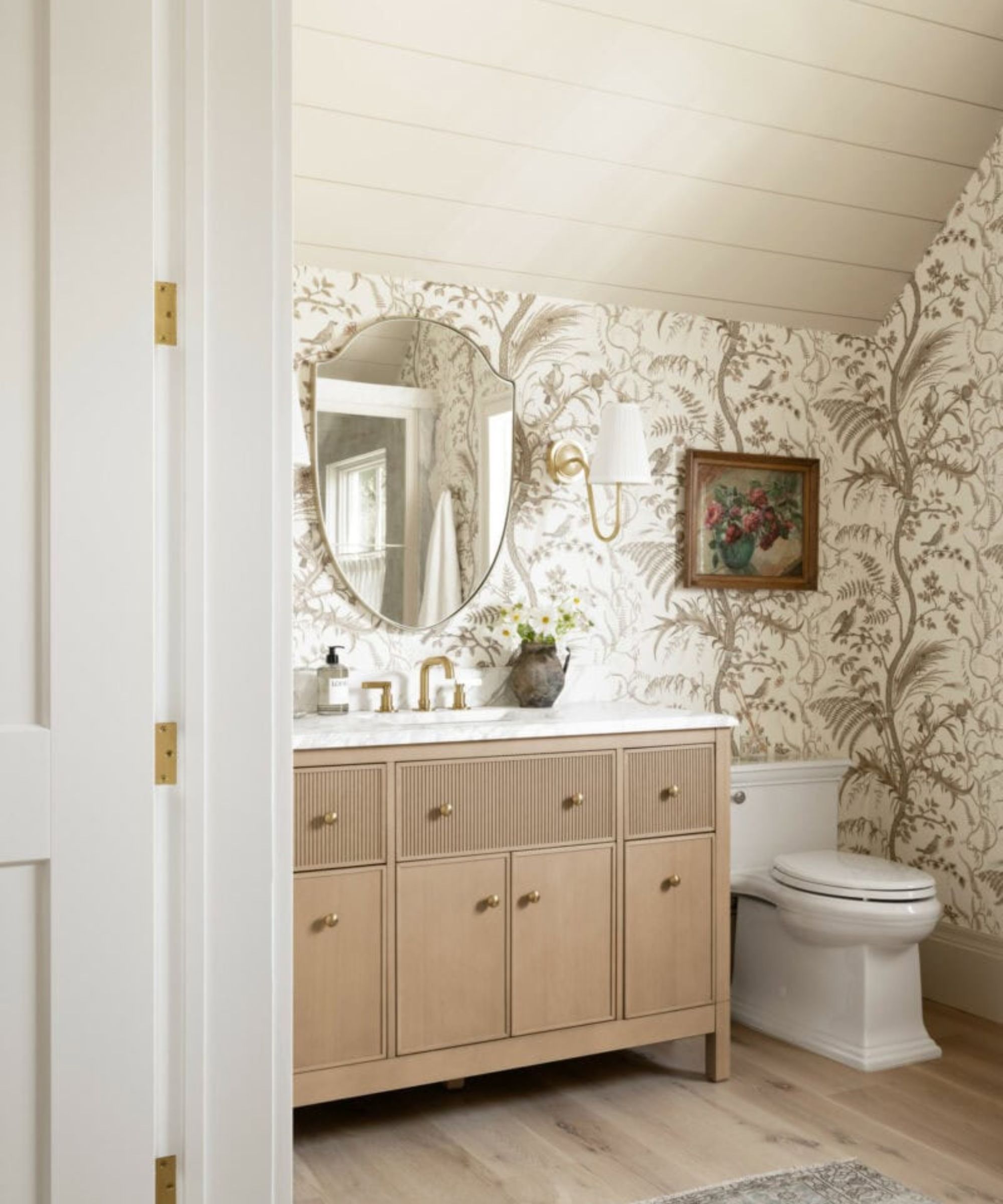
Identifying non-preferred tasks isn't too tough, so grab a notebook and some spare moments to think when you next can.
Begin by asking yourself questions to pull together a list of to-dos that you dread:
- What are the chores I put off until the very end, or until it absolutely has to be done?
- Which chores do I always wish someone else could do instead?
- If I could choose three tasks in my home that could magically complete themselves, which would they be?
From here, it's important to take some time to reflect on your whys, according to Karina Toner, professional cleaner and operations manager at Spekless. This will help you to understand further why these are your non preferred tasks prior to figuring out tips to help you banish procrastination and conquer clutter, chaos and dreaded chores.
'Once you’ve identified a few of your non-preferred tasks, it's important to take time to reflect on why they’re so off-putting to you,' says Karina. 'Is it the time and the effort the task takes, the mess that has to be tackled or created to get the job done, or perhaps the repetition of the chore?
'This insight will help you find more tailored solutions to reduce the friction between yourself and getting the chore done.'
How to tackle non preferred tasks

You now have your list of non-preferred tasks and a better idea of why they are so unapproachable, but now it's time to implement some changes to make tackling these easier and unlock the key to removing annoying chore blockers at home.
Doing so will help banish procrastination and reduce overwhelm when decluttering.
This is a two-part process, where a person first considers how to make the task overall more approachable or engaging, and then how to remove or limit friction between themselves and beginning a chore.
'To make a task more engaging and work to remove the friction between yourself and tedious, difficult, or boring tasks, especially when you live with ADHD, which is an “interest-based” brain, you need to align with your interests as much as possible,' says Cheryl.
'For instance, to make the task more interesting, you could create a challenge or game [the 'wheel of chores' is a good one]. Challenge yourself to see what you can get done in the next 30 minutes. Find the challenge in the task and make a game out of it: If I get out of the door in 20 minutes, I’ll have enough time to get coffee before work.'
Treating yourself at the end of the process is called the Temptation method and is seriously rewarding.
Doing this is also helpful as it adds a sense of boundary and reward to the chore, increasing the potential for dopamine to rise and telling your brain, Okay, I only have to do this for 30 minutes, which is far more approachable than tackling a whole messy kitchen at once.

Karina also recommends pairing tasks you don't enjoy with something you do enjoy to offset your focus from solely being on the chore you find difficult. 'Pairing your non-preferred task with something you enjoy such as listening to a podcast or music, can help to make cleaning fun and boost motivation to clean.'
You can also buddy up with a friend in person, on a video call, or play a video of someone doing the same sort of task, in a process known as body doubling.
I've personally found this to be a game-changing tip. A couple of times over the years, when I struggled, I video-called a friend who also wanted to catch up on chores, and it felt like we were doing them together.
We chatted while tackling our non-preferred tasks together, and by focusing on the conversation, our homes got cleaner before we knew it!
Blocking time in your calendar, setting reminders, or asking a friend, partner or family member to help hold you accountable to start your tasks are all great ways to help begin your chores.
I try to set aside at least an hour or two every Sunday to prepare my home for the upcoming week. Sometimes life gets busy, and non-preferred tasks will fall out of being a priority.
Scheduling a consistent time each week to tackle these non-preferred tasks you can park the guilt or anxiety and know in advance to mentally prepare yourself for doing the chores at the set time you've allocated.
Organizing essentials
All prices were correct at time of writing.
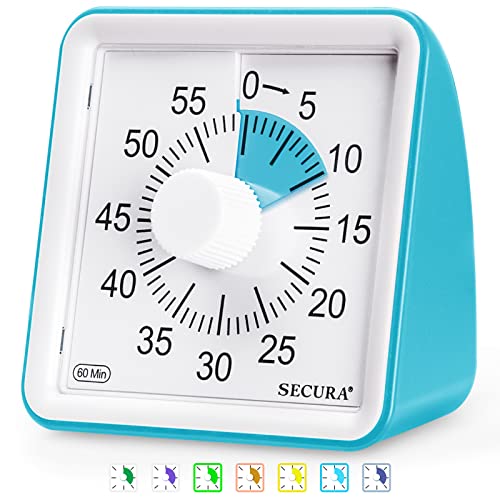
This highly-visual pomodoro timer comes in 14 different colors and will help you to keep track of how long you have left to complete your chores.
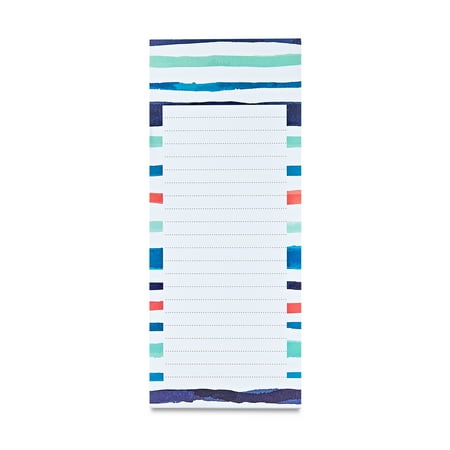
Keeping a simple to-do list of what needs doing on a specific day or throughout the week can help you remember what chores need tackling and lift some of the mental energy required to stay on track.
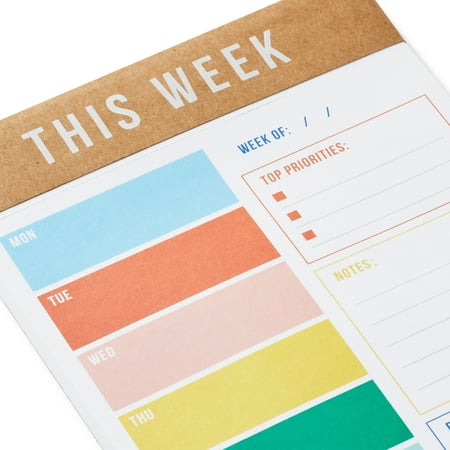
If your brain works better with more structure, a visual planner like this will be super efficient at helping you to break down what needs doing, and when.
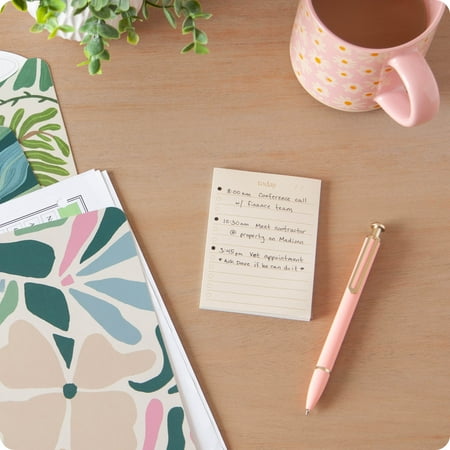
If reminders work well for you, try sticking these little task to-do lists around your home. The Visual Clues trick works by placing colorful paper reminders near the task, so you can spot them easily, such as on your bathroom mirror.

Why not ask a friend, partner or family member to write you some redeemable reward coupons to earn as you complete your chores? You could write them for yourself, too!

I'm a firm believer that no one is ever too old for stickers, so if you like them, try implementing a reward system for yourself. If stickers aren't for you, treat yourself to a coloring book after a certain number of weeks of non-preferred task busting has been completed.
Meet the experts
If your to-do lists remain daunting, there are ways you can help to alleviate the dread that arises when you think about all that needs doing around your home.
We asked experts how to make a to-do list feel less overwhelming to reduce stress and maintain productivity.





